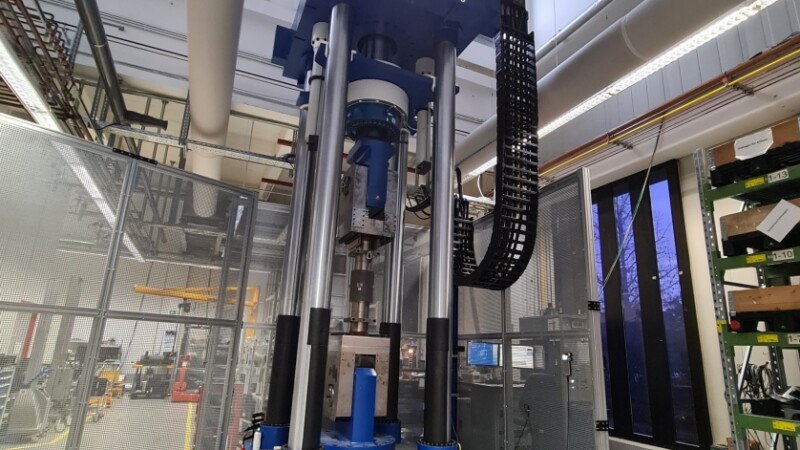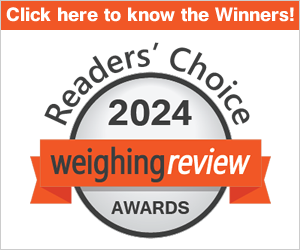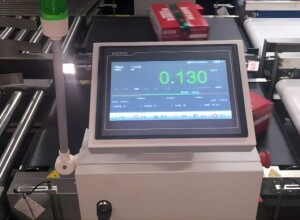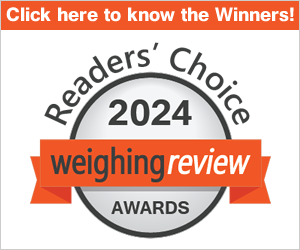WIKA (Germany) - Everyone involved in measurement technology knows the somewhat flippant – but very catchy – statement: “If you measure a lot, you measure nothing!” What is meant by this is: You can measure a lot. But the values are only useful if you can validate them. In everyday life, for example, one may be surprised when the scales at home show a large deviation from those at the doctor’s or the bicycle speedometer deviates many hundreds of metres from the GPS instrument. The saying also often alludes to our tendency to generate more and more data in our modern world, without thinking about its evaluation. In order to obtain valid data with which to continue working, it is worthwhile for industrial measuring instruments to be calibrated regularly.
For the individual, the highest accuracy may not be important. In industrial applications, however, it is precisely this that can make the crucial difference between rejects and the highest quality – hence the calibration of the measuring instruments. It serves to match the measuring device with the national standard – in short: to check whether the values are correct.
Traceability to the national standard:
The keyword here is thus the traceability to the national standard. Knowing that the respective measuring instrument measures the right value can be of great importance for many applications. For example, ISO 9000 requires that the deviations of the test equipment used should be monitored. With an up-to-date calibration, passing the audit is no problem. This avoids the repetition of the audit, production downtime or even a recall – and thus reduces stress, time and costs. The expenditure on the calibration has thus quickly paid for itself. Everyone is happy.
Besides meeting the audit requirements, traceability may also be required for quality assurance, optimising resource utilisation and reducing energy consumption. Finally, the most convincing reason to have one’s own measuring devices checked in accordance with the current standard is the feeling of security: The measuring instruments will continue to provide the correct values!
Certification in accordance with the German accreditation body:
The highest standard for this is the calibration certificate of the German accreditation body (Deutsche Akkreditierungsstelle – DAkkS). WIKA has offered certification for pressure, temperature and electrical measurands (DC current, DC voltage and DC resistance) for some time. Since the beginning of 2022, tecsis has been accredited in accordance with DIN EN ISO / IEC 17025 for the measurand force.
What a DAkkS-certified calibration of force measuring instruments means is shown by the example of high-end force transducers, which are used in calibration machines. In their case, the test sequence follows the EN ISO 376 standard. At least eight measuring stages are approached, with a total of five preloads, two upward series and two up-down series. In addition, the force transducers are each rotated by 120°, which results in three installation positions. With 65 measured values (eight points), the effort is correspondingly high. The price for such a calibration goes hand in hand with this.
In the case of industrial devices, the question arises as to whether such a procedure is worthwhile. Alternatively, the DKD-R 3-3 directive can be applied. It describes four test sequences that can be selected in line with the requirements. WIKA and tecsis also have DAkkS certification for this.
A further option for regular calibration is the non-standardised 3.1 inspection certificate.
Practical examples:
An illustrative example of the usefulness of regular calibration is the checking of hydraulic compression force transducers. These instruments measure the clamping forces of industrial machines such as punches, pneumatic presses, sealing presses, spindle presses, tablet presses and toggle lever presses. Here, calibration provides a contribution to ensuring safe working conditions.
Another example is the instrumentation for checking the contact forces of welding tongs. Ideally, these are monitored continuously by built-in tension/compression force transducers, but they can also be checked at set intervals using a test set for measuring electrode forces (model FSK01). This ensures the quality of the welding points and reduces wear on the electrodes.
For the tension/compression force transducers mentioned, calibration is also worthwhile, should they be used for monitoring very precise production steps. When pressing in mobile phone displays, for example, both the measuring instruments and their calibration can quickly pay off: If an error in such a process is not noticed immediately (for example, if only the travel is controlled), several thousand euros in material value can be destroyed within minutes.
Adjustment before calibration can be useful:
Depending on the instrument, application and regulation, it may be worthwhile to have an adjustment carried out before calibration. In this way, the user ensures that their measuring instrument achieves the corresponding accuracy during calibration. For the calibration itself, the user has the option of choosing the type and procedure, both for our own and for third-party products.
Picture 2 Caption:
The illustration shows how the four calibration sequences in accordance with DKD-R 3-3 differ.
































Interested? Submit your enquiry using the form below:
Only available for registered users. Sign In to your account or register here.